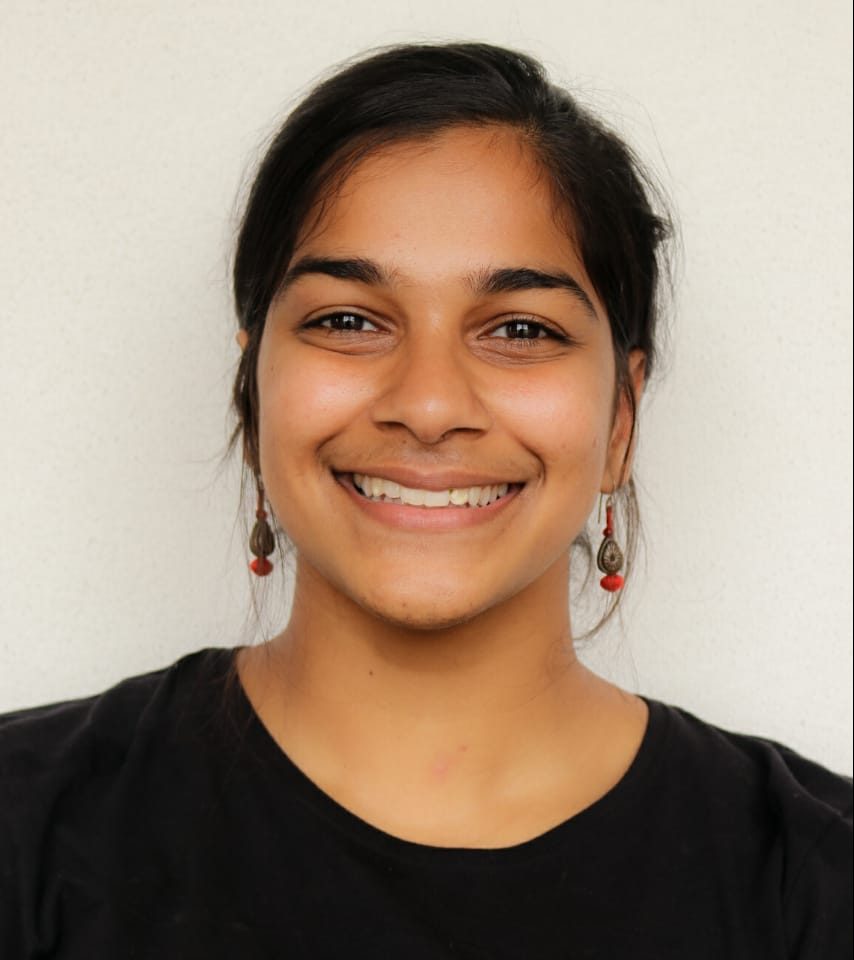At SwaTaleem, we have been exploring different fundraising strategies while also trying to understand why people engage in giving. Besides trying to mobilise resources through accelerators, foundation grants, and award competitions, we have always been curious about crowdfunding as a way to tap into online individual giving.
As a result, during the COVID-19 pandemic, we launched our first systematically planned crowdfunding campaign. In two months, we managed to raise approximately INR 20,00,000 with the help of more than 600 supporters spread across four continents.
Looking back on the process we followed, here are some lessons we learned:
Our approach
For our campaign, we decided to follow the ‘champion approach’, wherein we identified a group of supporters who acted as the ‘champions’ of our crowdfunding campaign by conducting peer-to-peer fundraising within their own social networks. In other words, we brought together a small collective of volunteers that was raising funds alongside members of the SwaTaleem team.
What worked
- Regular learning sessions: Our group of champions met with the SwaTaleem team every few weeks for virtual learning circles. These meetings served a dual purpose. On one hand, by giving champions the space to reflect on our cause and approach, the meetings helped create a sense of belonging and ownership, which was vital in strengthening their conviction towards the cause and campaign. On the other, by creating a space in which our new volunteers could learn about fundraising, talk about their challenges, and share ideas with each other, we ensured that the strategies being followed were continuously adapting and evolving, thereby increasing our chances for success.
- Diverse volunteer pool: Our champions were spread across different geographies, ages, and professions. As such, they pursued different strategies to raise funds, tapped into different giving networks, and engaged with various online mediums while doing so. For example, champions who were college students relied heavily on social media as their platform for outreach, as a result of which they brought in smaller ticket sizes, but in larger numbers. This is in contrast to university faculty members or corporate employees who took a more personalised, one-on-one approach in reaching out to their network, either through e-mails or direct phone conversations.
- A cultivated narrative: When thinking about whose voice we wanted highlighted through our campaign and how we would do so, we decided to follow a two-pronged approach. First, we let our champions lead their communication in their own words and based on their own experiences. This made the campaign come across as more authentic, which in turn connected with more people. Secondly, and importantly, we centred our campaign around the voices of the women and girls we work with. The narrative being shared was thus owned by these individuals, and this showed their strength and resilience.
- Strategic donor communication: Knowing that the process of fundraising begins much before the actual campaign, we reached out to our networks and donors before our campaign went live on the internet. Importantly, we made sure that we contacted people in a strategic and contextualised manner, instead of sending everyone the same e-mail in one go.
- The right platform: Weighing the pros and cons for various available platforms helped us make an informed decision. Specifically for us, the provision of a ‘matching donation’ window by an impact partner was important in making the choice between different platforms. This provision served as an immediate motivation for people to give, because their donations would be matched by another impact partner—a service that was arranged by the platform.

We are learning that crowdfunding is a model of fundraising that hinges on the values of participation, trust, and strong connections. | Picture courtesy: SwaTaleem
What didn’t work
- Saturation of audiences: Initially, our champions brought new audiences to our campaign. However, after a while, their networks began to get saturated as well. One way to work around this would have been to on-board new champions periodically.
- Quality of promotional material: For organisations working on complex causes, well-designed communication materials that are creative and concise play an essential role in helping people connect with the campaign. We didn’t prioritise making these, and it’s something that we will change next time around.
- Language: We didn’t optimise our campaign or collateral to reach people whose first language isn’t English. Doing so would have made our work more accessible, thereby allowing us to tap into a wider audience network.
- Data and analytics: It would have been useful to invest in understanding the various data and analytical tools available for social media. This would have allowed us to modify and adapt our campaign based on real-time audience data.
- Collaboration with existing supporters: We could have done more to engage our existing supporters in the campaign. For example, we could have worked with them, or gotten their feedback when creating the design or implementation strategy.
The case for crowdfunding
We are learning that crowdfunding is a model of fundraising that hinges on the values of participation, trust, and strong connections. By broadening the definition of who is a ‘giver’ and who a ‘receiver’, it breaks down existing hierarchies and enables clear connections between communities and supporters, while offering opportunities for mutual learning and understanding. Additionally, with its digital-and-communication-first approach, it builds relationships between organisations and supporters that are driven by transparency and accountability.
Crowdfunding also mirrors, and is fuelled by, the changes at the community-level and allows for decision-making to truly reflect the needs and priorities of the community. As such, the money raised is flexible in how it can be used, and never takes away from the needs of the community, which then allows organisations to stay mission-oriented.
As such, crowdfunding offers a new way to approach fundraising for both big and small organisations—especially in the current circumstances—while creating a space for participation, accountability, and openness with supporters and stakeholders.
—
Know more
- Learn more about how to strategise and build successful crowdfunding campaigns.
- Read more about successful Indian crowdfunding campaigns.
- Explore ideas and blogs on crowdfunding in India.





